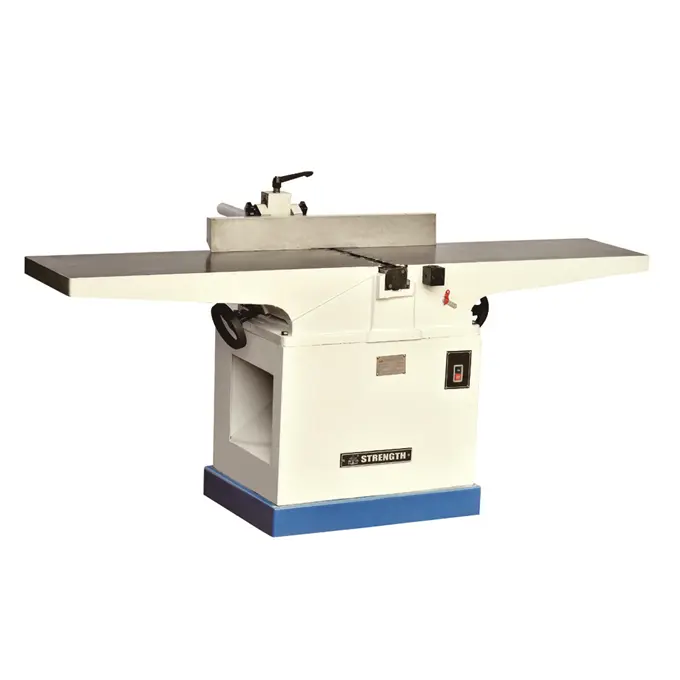Woodworking connectors are an important tool for creating perfectly smooth surfaces in woodworking projects. Whether you’re a professional woodworker or a DIY enthusiast, knowing how to use woodworking connectors effectively is crucial to getting quality results. In this ultimate guide, we’ll explore the different types of wood connectors and provide valuable tips for using them to create the perfect surface on your woodworking projects.
Types of carpentry
There are several types of wood connectors, each designed for specific woodworking tasks. The most common types of wood connectors include biscuit connectors, dowel connectors, and recessed hole connectors.
Biscuit Joints: Biscuit joints are used to create strong and seamless joints in wood by cutting matching slots in the parts to be joined and inserting small, flat, football-shaped wooden biscuits coated with glue. This type of connector is ideal for creating edge-to-edge, miter, and T-joints.
Dowel Connectors: Dowel connectors are used to create strong and durable joints by drilling matching holes in the parts to be joined and inserting glue-coated wooden dowels. This type of connector is suitable for creating butt joints, edge-to-edge joints, and miter joints.
Pocket Hole Connectors: Pocket hole connectors are used to create strong and hidden joints by drilling angled holes in a piece of wood and attaching it to another piece of wood using specialized screws. This type of connector is ideal for creating butt joints, edge-to-edge joints, and miter joints.
Using carpentry tips
Choose the Right Joiner for the Job: Before starting a woodworking project, carefully consider the type of joint you need to create and choose the right wood joiner for the task. Each type of connector has its advantages and limitations, so choosing the right connector will ensure a strong and seamless connection.
Measure and Mark the Wood: Accurate measurements and markings are critical to creating precise joints using woodworking connectors. Use a combination ruler and pencil to mark the location of the joinery, making sure the pieces are aligned correctly before applying the joinery.
Take Proper Safety Precautions: When working with woodworking, safety must be a priority. Always wear protective equipment, such as goggles and ear protection, and follow the manufacturer’s safe operating instructions.
Test joints on scrap wood: Before using wood joints on an actual project, it’s a good idea to test them on scrap wood to make sure the setup is correct and the joints fit snugly.
Use clamps to secure the wood: To prevent the wood from moving during the joining process, use clamps to hold the pieces in place. This will help ensure that the joints are properly aligned and that the connectors create precise cuts or holes.
Apply Glue Properly: When using biscuit or dowel connectors, apply a generous amount of wood glue to the slot or hole before inserting the biscuit or dowel. This will help create a strong bond between the connecting pieces and ensure a long-lasting connection.
Sand and polish the surface: After the joints are formed, sand the wood surface to remove any rough edges or excess glue. Use a finish such as stain or varnish to enhance the look of the wood and protect it from moisture and wear.
All in all, woodworking connectors are an indispensable tool for creating perfectly smooth surfaces in woodworking projects. By understanding the different types of wood connectors and following tips for using them effectively, you can achieve perfect joins and high-quality results in your woodworking jobs. Whether you’re joining furniture, cabinets, or other woodworking projects, mastering the art of working with wood will enhance your creative craft.
Post time: Aug-02-2024

